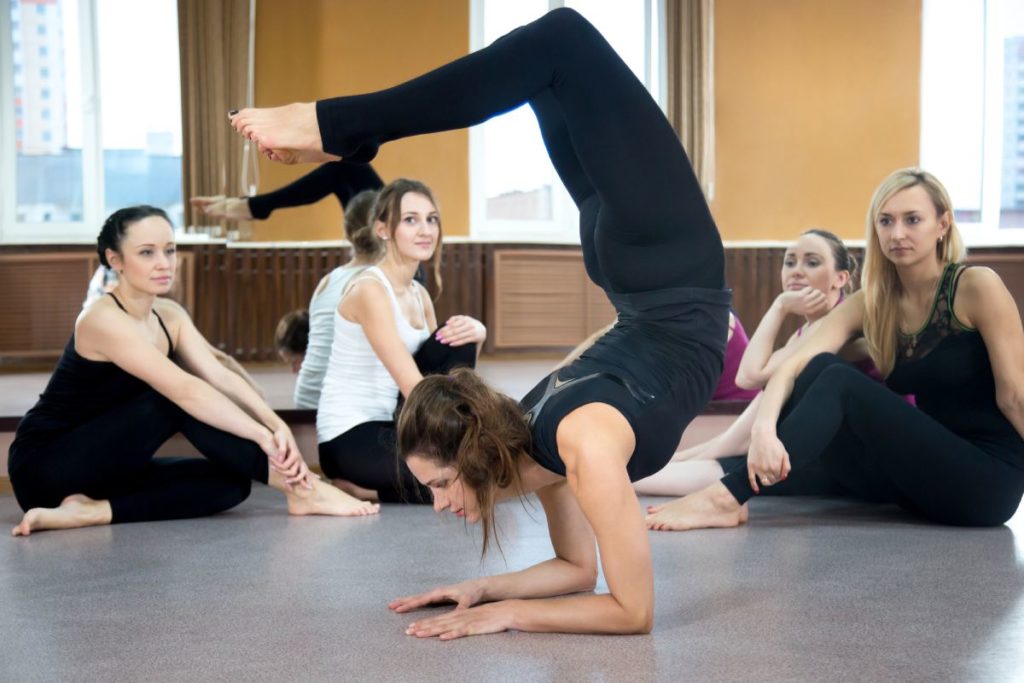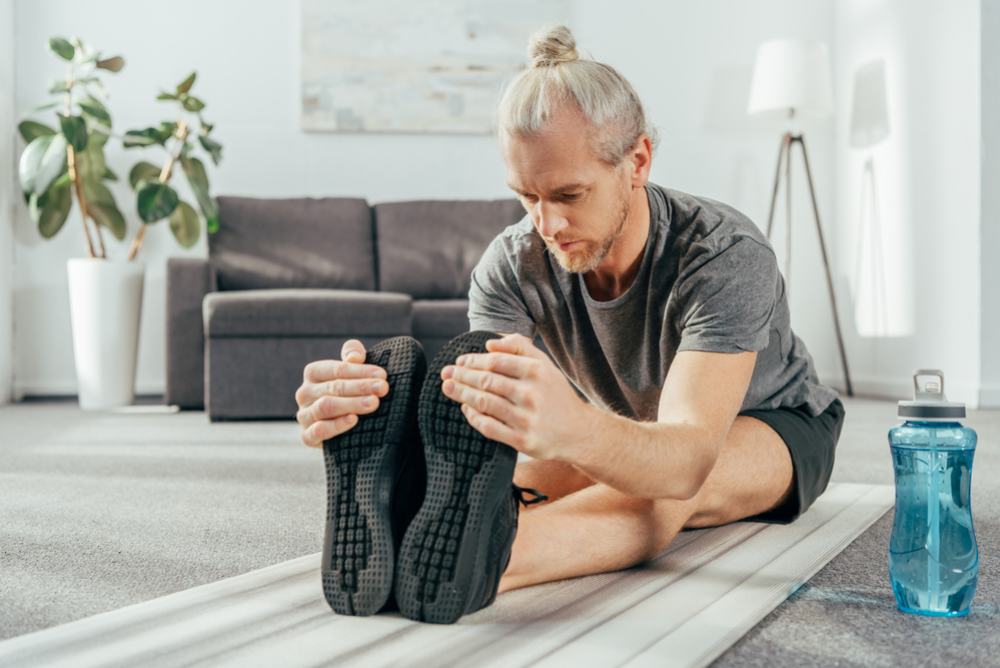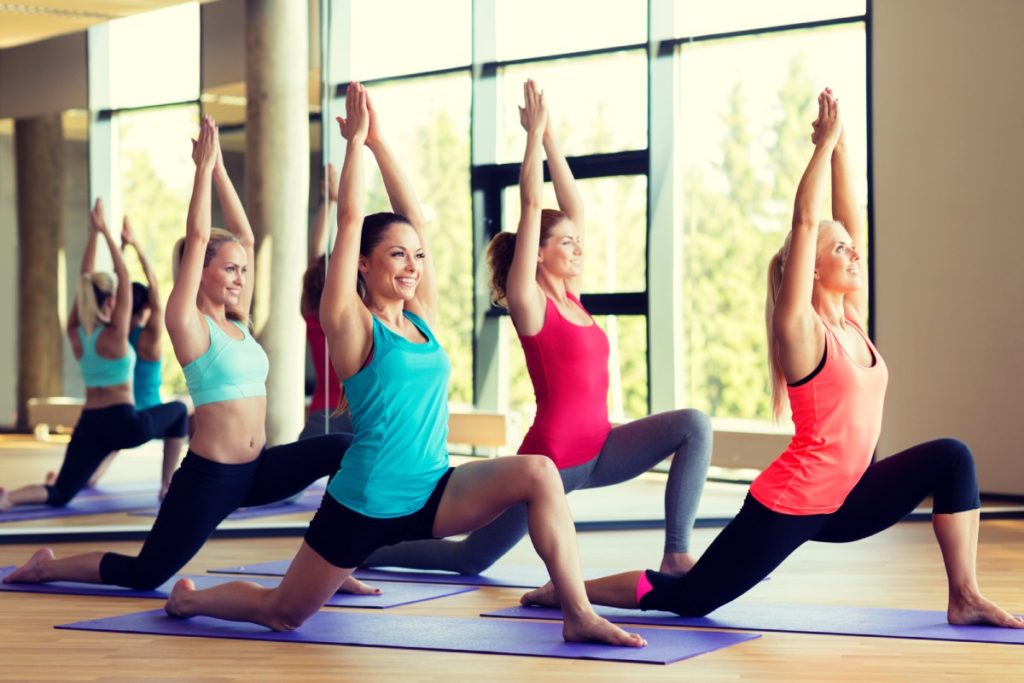Are you asking yourself, “how hard is hot yoga?” This article will help you come prepared before your first hot yoga class.
If you’re wondering, “how hard is hot yoga?” It is harder than regular yoga.
You must focus on getting your pose right despite the heat, the sweat, and the dehydration. Sometimes you get dizzy, short of breath, and fatigued.
However, not every hot yoga class is the same. Read on to find out how hard hot yoga is and choose the right class.
Contents
Is Hot Yoga Hard Too Hard for Beginners?
Hot yoga is challenging, even for intermediate traditional yogis, let alone beginners. If you have not practiced yoga before, here’s what hot yoga looks like.
When your first class starts, the heat cranks up, and you begin to stretch your body into a child’s pose and practice breathing. Calm your nerves and take a deep breath. Forget the surroundings and concentrate on what matters the most: yourself and the movements.
If you’ve been in the world of yoga for a long time, then stretching and posing shouldn’t hold you back. Touching your feet is easy. The only difference is the temperature.
But if you’re an absolute beginner barely able to touch your feet, forget it because nobody is judging you. And then, for the next half an hour, you’ll move on to the downward dog, upward dog, half-moon pose, balancing stick, and the list goes on.
This is when you start breathing heavy and sweating buckets. Take a rest, come back, and you’ll feel at peace with all the stress melted away. That being said, the extreme condition in a hot yoga studio may hold you back in doubt, but it’s worth it in the end.
You might find our guide on how to recover from yoga helpful.
Hot Yoga Vs. Regular Yoga

Hot yoga is a great workout, but it’s not for everyone. It can be seen as more vigorous than traditional practices. Think of hot yoga as traditional yoga but up a notch – it combines hotter temperatures with extra exertion and increases your heart rate.
If you haven’t been to any yoga class, take a step back and ease into a traditional yoga class first. Rushing does more harm than good, and you’ll pass out if your body doesn’t have the time to adjust.
Those who are pregnant or have asthma, diabetes, or heart conditions are recommended to steer clear of hot yoga.
During your first yoga classes, look for symptoms such as dizziness, lightheadedness, and shortness of breath. If any of these happens, pause, walk out of the heated dome for fresh air, and relax in a child’s position. Listen to your body and consult your instructor before moving on.
If you experience these symptoms non-stop despite the practice, switch to traditional yoga and stick to it.
You might also be interested in our guide on what to do after hot yoga.
Different Types Of Hot Yoga
Vinyasa and Bikram vary in length, but they share one thing in common: a heated environment. The duration of each class typically lasts between an hour to two hours.
- Vinyasa: The easiest one involves standard practices known as “hot flow” or “power flow.” This style is gentler, allowing the poses and movements to flow with music played in the background.
- Bikram: The most talked-about type and the most challenging is a series of 26 traditional hatha yoga poses performed in a room heated to 105°F with 40% humidity. Bikram is designed to increase your tolerance to heat and work with thermoregulation.
3 Tips To Prepare For Your First Hot Yoga Class
Sign Up For A Beginner’s Package
Try your hand at the most basic hot yoga class and take time to learn the breathing and the right amount of hydration.
A few days before your session, look online to see how other people share their experiences with their first hot yoga classes.
Stay Hydrated

While chugging down a bottle of lukewarm water after a hot yoga class is crucial to compensate for the fluid imbalance, staying hydrated before the class is no less important.
Drink one liter of water about an hour before the class starts, and you’re good to go. Pack the rest along to take a few sips during the courses.
Stock Up With Electrolyte-Rich Food
If you’re not too fond of lukewarm water, switch to coconut water and eat a banana before the class. The electrolytes help your nerves and muscles function at their best.
If you liked this post, you might also find our guide on what to bring to yoga class helpful.



